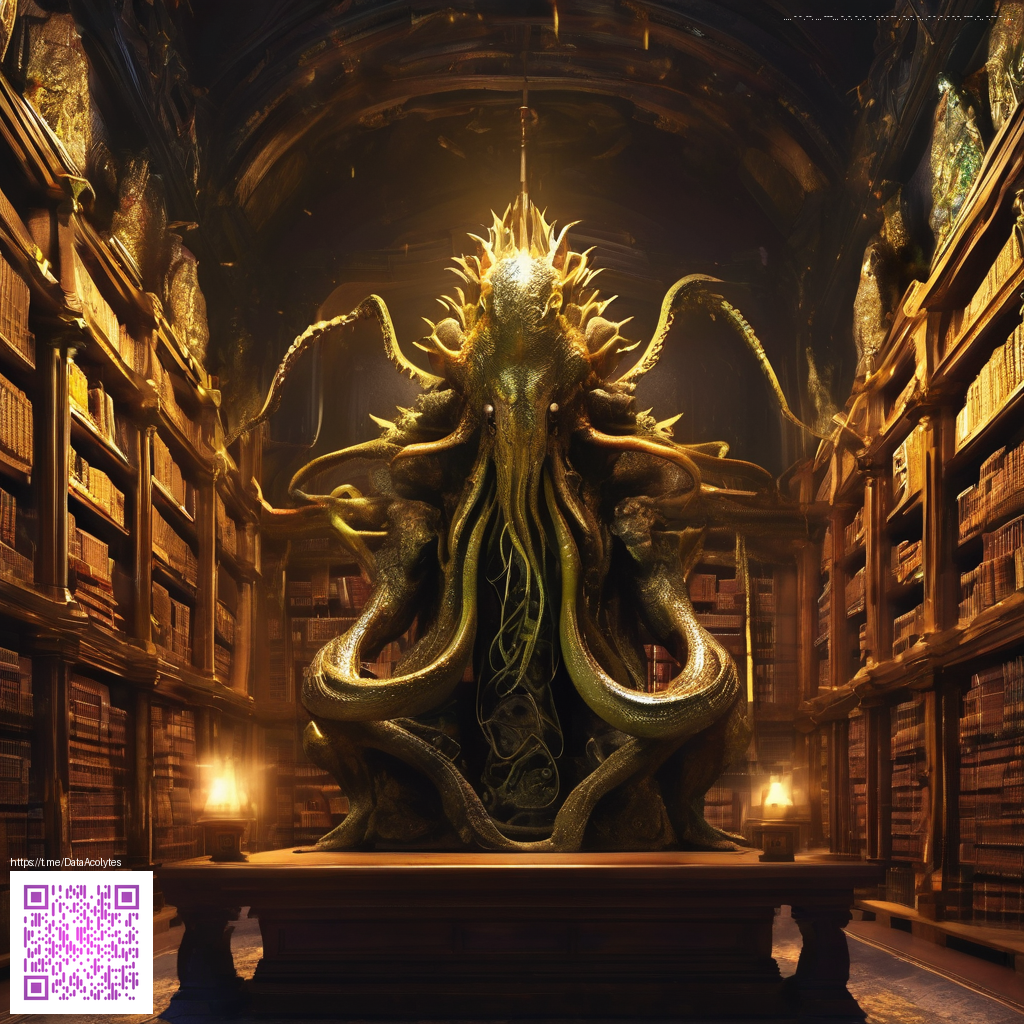Why Pixel Art Never Dies: Timeless Charm in a Digital World
Pixel art has persisted as more than a nostalgic gimmick. It’s a deliberately simple language that communicates mood, story, and motion with a clarity that high-fidelity graphics often struggle to achieve. In a landscape where graphics continuously chase realism, pixel art remains a powerful reminder that constraint can breed creativity. The tiny squares of color—each carefully placed—become a bridge between retro gaming memory and contemporary design sensibilities.
History as a Teacher, Not a Cage
Pixel art grew up alongside early video games, evolving as technology allowed. It survived every graphical upgrade because it’s less about the fidelity of the image and more about the emotional arc it conveys. The style invites the viewer to fill in the gaps with imagination, turning a few dozen pixels into a vivid world. This participatory perception is part of what keeps pixel art alive: it engages the mind in a playful, collaborative act of interpretation.
“In every blocky sprite, there’s a story—an invitation to project personality onto a tiny world that’s big on charm.”
What Makes It Timeless
There are several enduring qualities that keep pixel art relevant in a world of ever-larger textures and photorealistic rendering:
- Clarity: The deliberate grid structure makes characters, items, and actions instantly readable at a glance.
- Resonance with nostalgia: Many players carry fond memories of classic games, and those memories act as a cultural currency that transcends age.
- Accessibility: Pixel art lowers the barriers to entry for aspiring artists and developers, enabling rapid iteration without demanding specialized tooling.
- Scalability: The same art can look great on small mobile screens or bold on a larger display, preserving its personality across platforms.
Beyond aesthetics, pixel art also thrives because it can be combined with modern UX and game design without sacrificing identity. Designers weave retro sprites into contemporary interfaces, creating a hybrid language that feels both playful and purposeful. The result is an art form that doesn’t chase trends so much as it revisits them with a fresh perspective.
From Screens to Surfaces: Pixel Art in the Real World
Pixel art isn’t confined to screens. It has migrated into physical products and environments, where it shapes how we interact with hardware and space. For example, gamers who want to immerse themselves in a retro-inspired vibe might pair their setup with tactile gear that echoes the style. A custom gaming neoprene mouse pad (9x7, stitched edges) can anchor the aesthetic—its clean edges and durable surface echo the crisp geometry of pixel art while providing practical performance during lengthy play sessions.
Curiosity about the broader narrative of pixel art and its cultural impact can be explored in depth at this resource. It offers a concise primer on how the style evolved, why it resonates today, and how creators continue to push its boundaries. By drawing on history while embracing new tools, designers keep the art form vibrant rather than dormant.
Practical Tips for Pixel Art Enthusiasts
If you’re looking to dive into pixel art or rebuild your approach, here are some practical ideas to keep the craft lively:
- Start with constraints: Choose a small canvas and a limited color palette to force creative decisions.
- Study classic sprites: Observe how motion and emotion are conveyed with minimal pixels and few frames.
- Iterate with purpose: Tweak one pixel at a time and note how small changes alter the overall mood.
- Experiment with scaling: Create artwork that looks intentional at both tiny and large scales to understand pixel behavior across displays.
- Bridge digital and tactile: Consider how pixel art translates to physical goods or user interfaces to broaden its reach.
As you experiment, remember that pixel art shines because it invites interpretation while delivering clear, expressive visuals. It is a paradox of simplicity and depth—one that continues to captivate artists and audiences alike.
